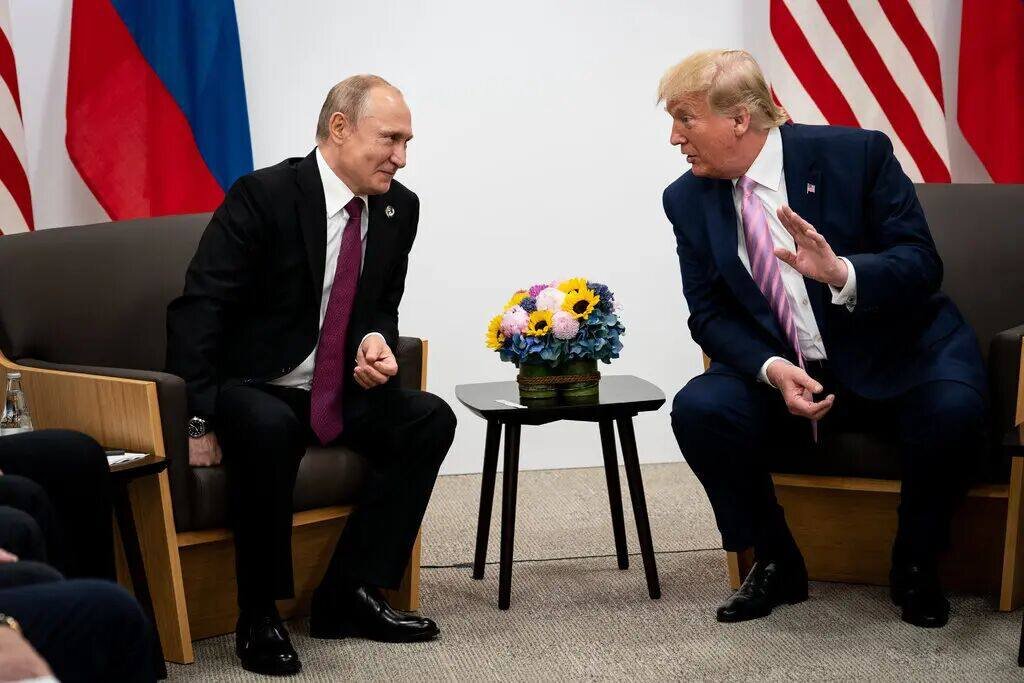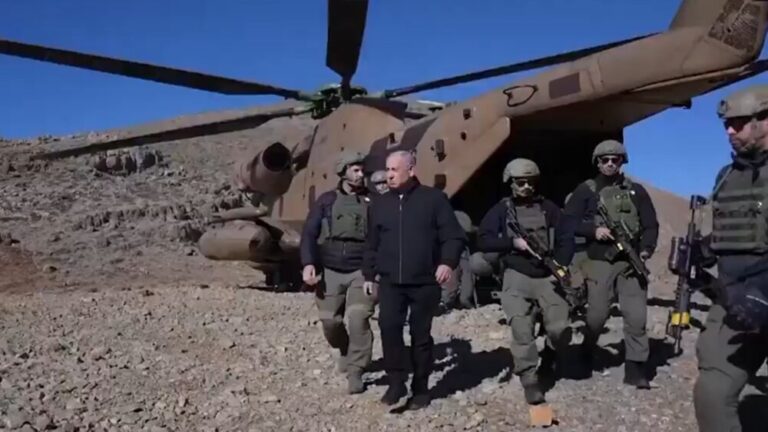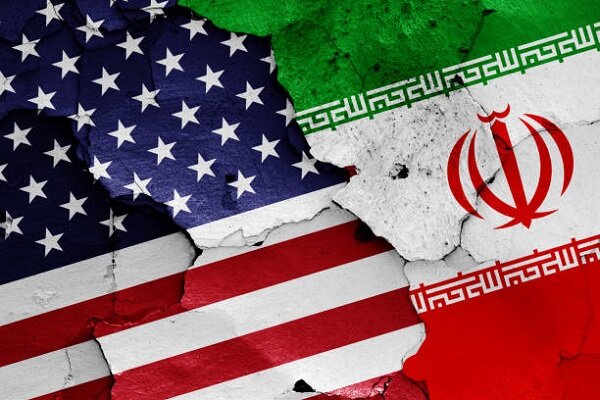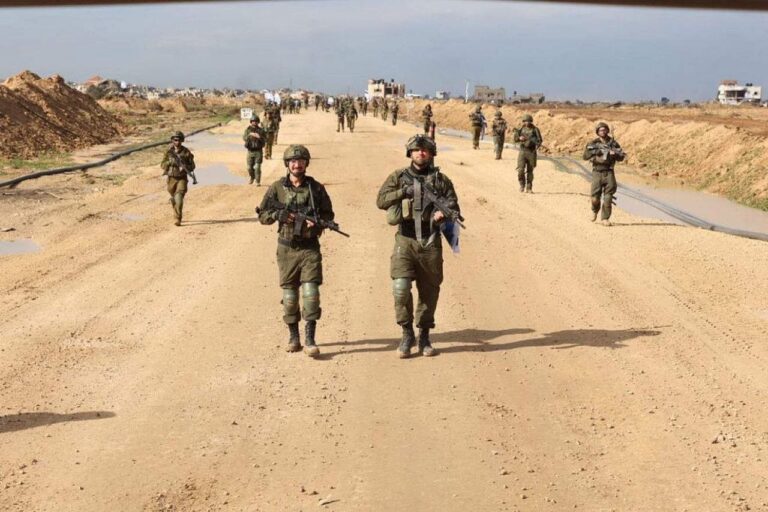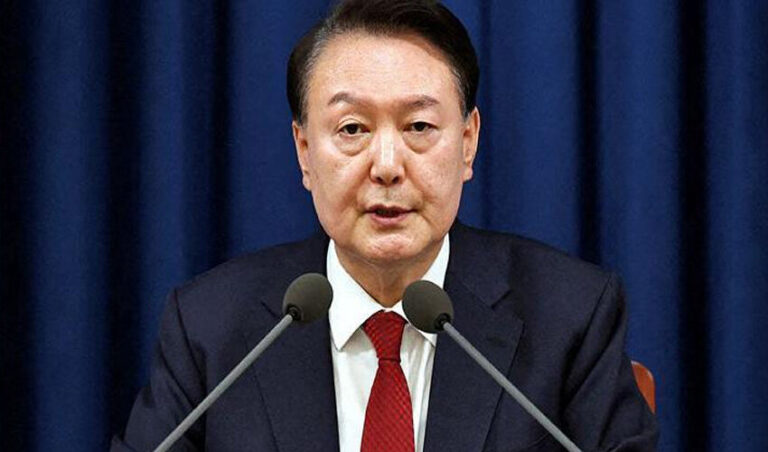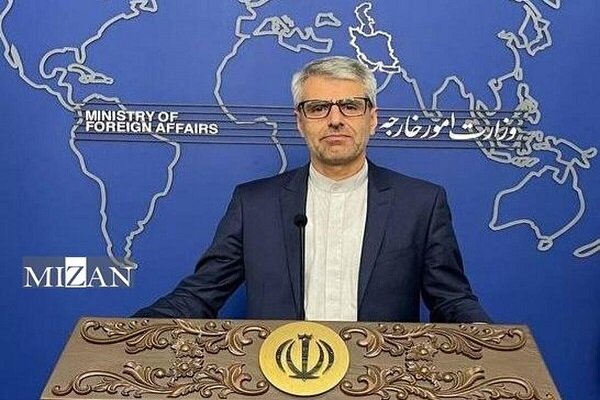Russia Considers Unlocking Frozen Assets to Fund Ukraine’s Reconstruction Efforts
The ongoing negotiations between US and Russian officials have brought attention to the crucial issue surrounding the frozen Russian assets. Following their meeting on February 18 in Saudi Arabia, discussions are reportedly focused on the potential allocation of these assets for Ukraine’s reconstruction efforts.
According to Reuters, sources indicate that Russia may be willing to allocate up to two-thirds of the frozen assets for Ukraine’s rebuilding, but this is contingent on receiving accountability guarantees. Meanwhile, Russia insists that the remaining funds should be directed towards reconstructing territories in eastern Ukraine that it occupies, territories that the Kremlin considers part of Russia.
Key points from the negotiations include:
- Allocation of Assets: Russia’s willingness to use frozen assets is conditional, with significant focus on how the funds will be distributed.
- Reconstruction Contracts: The allocation of contracts for reconstruction remains a critical point of contention between the involved parties.
- Sanctions Easing: Russia is demanding a gradual easing of sanctions alongside the full release of its frozen assets.
The backdrop to these discussions is significant, as over $300 billion in Russian central bank reserves were frozen following Russia’s full-scale invasion of Ukraine. Notably, 191 billion euros ($198 billion) of these assets are held in Belgium’s Euroclear depository. The G7 nations have previously declared that these funds will remain frozen until Russia compensates for the destruction it has inflicted upon Ukraine.
Additionally, the European Union has started leveraging proceeds from these frozen Russian assets to bolster Ukraine’s economy. For instance, in January, Ukraine received 3 billion euros ($3.09 billion) through the EU’s Ukraine Facility, funded by interest accrued from the frozen reserves. This financial support is part of a broader commitment from the US and G7 partners, who have pledged nearly $50 billion in loans to Ukraine, underpinned by revenue generated from Russian assets.
Since the illegal annexation of Ukraine’s Zaporizhzhia, Donetsk, Luhansk, and Kherson oblasts on September 30, 2022, by Russian President Vladimir Putin, the geopolitical landscape has shifted dramatically. The implications of these negotiations are profound, not only for Ukraine’s recovery but also for international relations and the broader economic consequences of the ongoing conflict.
As discussions progress, the future of the frozen assets and their potential use in reconstruction efforts remains uncertain. Key stakeholders are closely monitoring the situation, as the outcomes could significantly impact both Ukraine’s rebuilding efforts and Russia’s economic landscape.
In summary, the negotiations regarding the frozen Russian assets are multi-faceted and complex. With Russia showing some openness to allocating funds for Ukraine’s reconstruction, the emphasis on accountability and the distribution of assets will be pivotal in shaping the direction of these discussions.
As the world watches these developments, the importance of international cooperation and accountability in the wake of conflict cannot be overstated. The resolution of these negotiations could pave the way for a more stable and prosperous future for Ukraine, while also addressing the broader implications of the conflict for global stability.
